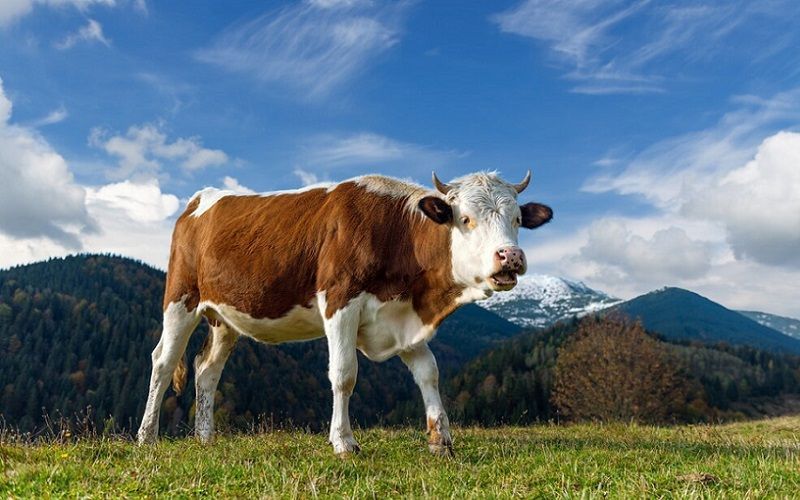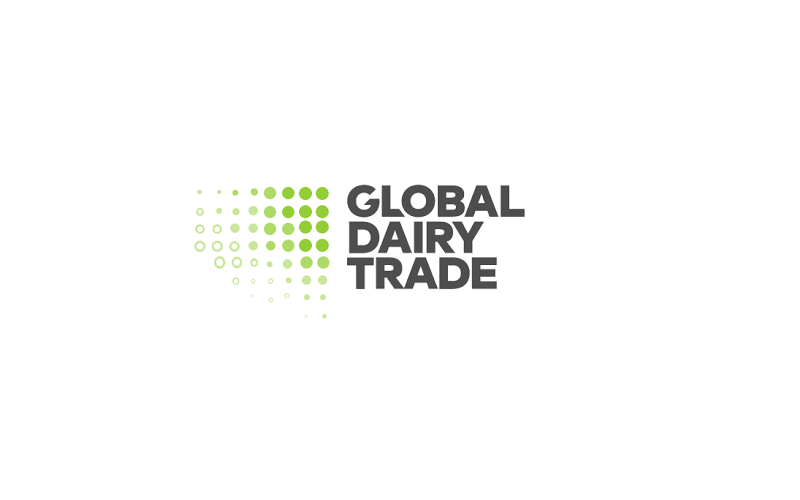Analyst Warns of Wet Weather's Adverse Effects on Dairy Market Outlook
Sourse: The DairyNews
Richard Scheper, a global dairy analyst at Rabobank, highlights the detrimental impact of continuous wet weather on the dairy market outlook.

Speaking at the Bord Bia Dairy Markets Seminar held at the Killashee Hotel in Naas, Co. Kildare, Scheper predicts a decline in milk output for the country in 2024 due to prevailing field conditions.
He emphasizes that the situation extends to north-west Europe, which has contributed 39% of total milk supply growth since 2010. Scheper underscores the significance of nitrogen derogation limits in shaping the long-term market outlook, suggesting that ongoing discussions on this topic, along with concerns about water quality, will be pivotal.
Examining the EU market, Scheper notes that milk supply peaked in 2020 and has remained stagnant since then, attributing this trend to a combination of labor challenges and adverse weather conditions ranging from floods to droughts. Looking ahead to 2035, he anticipates an annual decline in the dairy herd by 1.6%, with the Netherlands projected to experience the most significant reduction.
In Ireland, however, milk supply is forecasted to stabilize at approximately nine million tonnes. Scheper cautions stakeholders about the impact of rising interest rates and escalating costs on dairy companies, emphasizing the importance of consistent policies to alleviate market pressures and stabilize the industry's capital structure and balance sheet.
He emphasizes that the situation extends to north-west Europe, which has contributed 39% of total milk supply growth since 2010. Scheper underscores the significance of nitrogen derogation limits in shaping the long-term market outlook, suggesting that ongoing discussions on this topic, along with concerns about water quality, will be pivotal.
Examining the EU market, Scheper notes that milk supply peaked in 2020 and has remained stagnant since then, attributing this trend to a combination of labor challenges and adverse weather conditions ranging from floods to droughts. Looking ahead to 2035, he anticipates an annual decline in the dairy herd by 1.6%, with the Netherlands projected to experience the most significant reduction.
In Ireland, however, milk supply is forecasted to stabilize at approximately nine million tonnes. Scheper cautions stakeholders about the impact of rising interest rates and escalating costs on dairy companies, emphasizing the importance of consistent policies to alleviate market pressures and stabilize the industry's capital structure and balance sheet.











